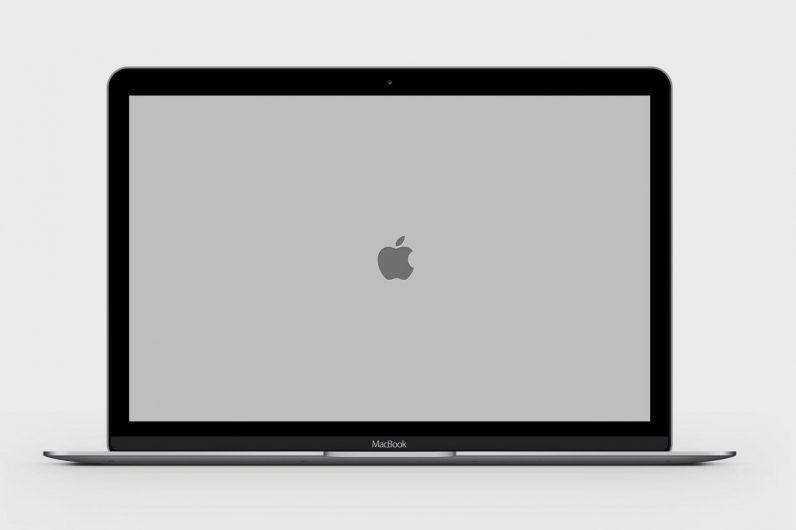
A couple of years ago I needed a new health plan ahead of the yearly enrollment period. Lured by impressive branding and a slogan on a subway advertisement, I logged onto the homepage of a well-known insurance company. This company, well known for pedaling a “fresh” approach unfortunately, did not deliver this brand promise.
My digital experience on their platform was marred by a labyrinth of confusion. After toggling through menu after menu, I struggled to find what I needed and left the site, and this insurance company lost a potential customer.
Now, technically there was nothing wrong with their website. I could indeed signup and get a policy — albeit in a laborious and most certainly uninspiring fashion. The experience was devoid of delight, and that was all it took to lose me, no matter how slick their branding or advertising was.
In today’s world, brands live or die by the quality of the experiences they offer. But as in the case of the insurance provider, how does a brand — especially one outside of Silicon Valley — go about creating micro-experiences that can define their brand in the digital space?
The micro-experience
Even if you don’t yet know the term, you’re already very familiar with it. In fact, you’ve probably experienced quite a few micro-experiences already today. Remember the unmistakable chime when you started up your MacBook? Or when you clicked on the unmistakable Floating Action Button on Your Google Docs app to create a new document?
These micro-experiences are branded moments that set digital product experiences apart from from the next. They differentiate not through a logo or brand style guide, but through functionality and interactions. But micro-experiences do not necessarily need to be visual. In fact, they can be a swipe, a line of copy or a sound. You might recognize some of these:
The startup chime of an Apple computer:

Why micro-experiences matter for brands
There is a wonderful quote from the famed 20th century furniture designer Charles Eames: “The details are not the details; they make the design.” In the digital world these details — or micro-experiences — can transform a user’s brand encounter from functional to delightful, from serviceable to memorable.
In a world where we click, tap or swipe on our phone 2,617 times a day, this is no longer optional. Every interaction with a brand’s digital services is either an opportunity to deepen the connection to a customer, or become a place where your shortcomings could chip away at that connection, and eventually lose them for good.
In our digital age, these micro-experiences are what shapes the perception of your brand more than any brand or advertising campaign:
1. Micro-experiences differentiate your product experience
The micro touch points such as a swipe or a push notification may be the only interaction a customer has with your brand.
2. The brand mark of today is no longer purely visual
In a world where screen real estate is shrinking — or in the case of Alexa and Siri, disappearing altogether — the notion of a brand encounter is increasingly moving away from purely visual.
Why micro-experiences are challenging to execute
If micro-experience are so important, why isn’t every even semi-progressive brand doing them? The reality is that ‘branded moments’ are often overlooked and only happen as an afterthought. Traditional brands already struggle to get a basic functional digital product up and running, let alone “embellish it” with details.
On the other side, tech companies are often too product-focused to understand, or value, the importance of branded experiences. A good micro-experiences needs to strike a fine balance. Too subtle and your customer’s experience is generic and unmemorable. Overplay them, and they irritate the user. To create great micro-experiences, brands must consider the following:
1. Brand and product must both be considered
Brand definition must be a priority for all sides from the beginning. However, unlike in the past, brand and product need to define what this means in terms of digital expression.
For example, while it’s all well and good to create a high level tone of voice for “brand copy” such as ads or hero sections, what is probably more important for your brand is defining the small copy details such as error messages — those pain points where a customer needs support and reassurance.
2. Break down the silos
Great branded experiences happens at the intersection of brand and digital. Therefore, cross-disciplinary brand and product teams is key. It starts by breaking down the communication silos between branding/marketing/product teams.
The organization as a whole needs to be on board with the micro-experience as an integral part of the brand experience. Someone must be responsible for making sure micro-experiences are shared across departments, and executed internally or with agency partners.
3. Understand that copy is king
And therefore, the copywriter is the crown jewel in the modern branding process. When your brand exists only as a push notification devoid of interface, the tone of voice of this message can quite literally define what your brand represents.
Bring digital native, conceptual writers into the branding discussion from the start, and consult with them throughout detailed product design. A masterclass on this is the chat app, Slack, who hired a head of editorial to work closely with the strategy and design team throughout all stages of the product development.
Micro-experiences: The new logo?
Brands only exist as a perception formed through interactions with people. Each and every interaction — regardless of how small — is an opportunity to shape this perception — or break it. As the amount of in-person human interactions to perform basic services rapidly decreases with the ubiquity of technology, micro-experiences in digital products take an even more important role.
For a brand, these tiny touchpoints are the equivalent of the personality of a customer representative at at store. It’s anything that’s unique and delightful. They give a digital product a human voice, and your brand a memorable personality.
Get the TNW newsletter
Get the most important tech news in your inbox each week.





